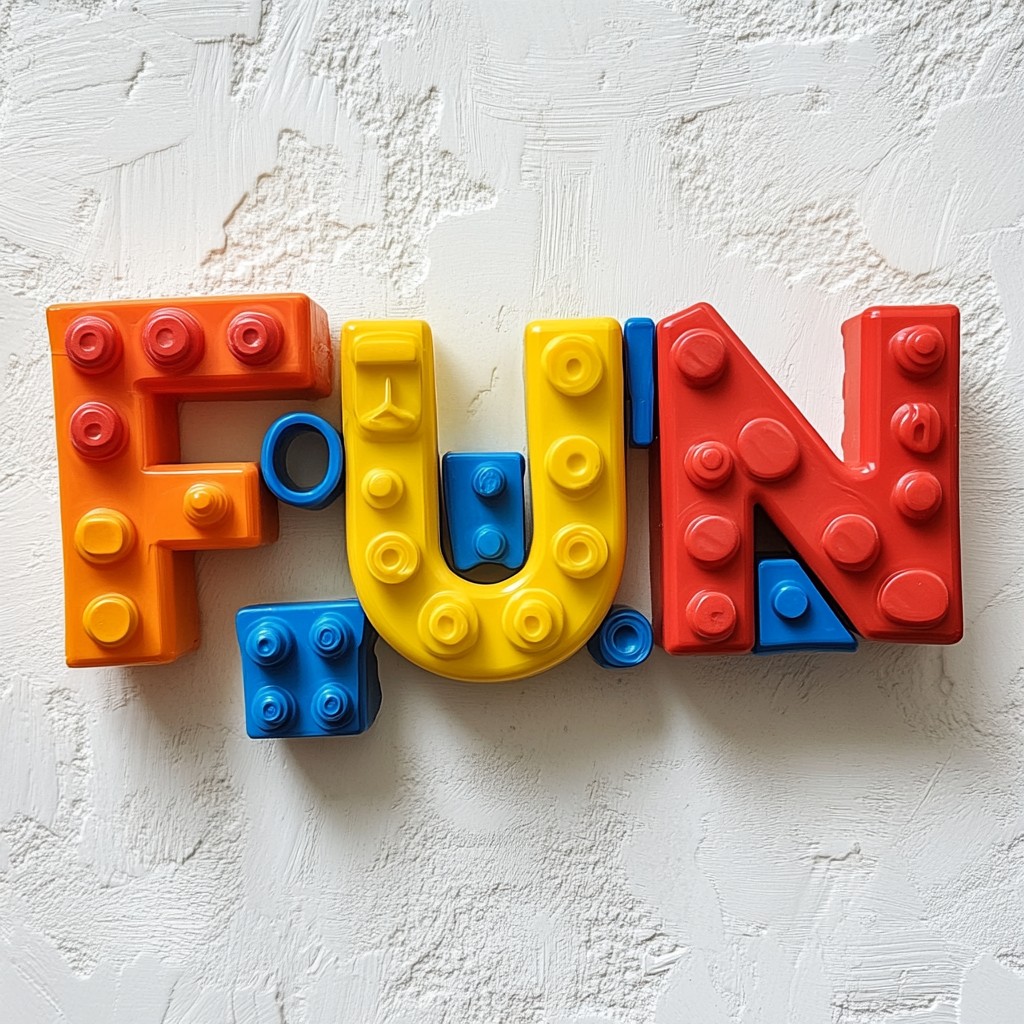
Icebreakers are a vital element of corporate workshops and team-building events. They set the tone for the day, help participants relax, and encourage open communication. By fostering a sense of connection and collaboration, these activities can significantly enhance the overall effectiveness of your event. In this blog, we explore the importance of icebreakers and share practical, engaging ideas for your next corporate gathering.
Why Icebreakers Matter
Before diving into specific activities, it’s essential to understand the role icebreakers play:
- Breaking the Initial Barrier: People often feel hesitant to engage when meeting new colleagues or attending formal workshops. Icebreakers ease this tension.
- Encouraging Interaction: They foster meaningful interactions and set the stage for open communication throughout the event.
- Building Trust: Team-building icebreakers establish a foundation of trust, which is crucial for collaboration.
- Setting a Positive Tone: A well-chosen icebreaker energizes participants and creates a fun, productive atmosphere.
Key Features of Effective Icebreakers
To ensure success, keep these elements in mind when choosing an icebreaker:
- Relevance: Align the activity with your workshop’s theme or team-building goals.
- Inclusivity: Ensure everyone can participate, regardless of age, physical ability, or cultural background.
- Simplicity: Avoid overly complex activities that might confuse or alienate participants.
- Time Efficiency: Limit icebreakers to 10-15 minutes to maintain the momentum of your event.
Top Icebreaker Ideas for Corporate Workshops and Team-Building Events
Here are some effective and easy-to-implement icebreaker activities:
1. Two Truths and a Lie
- How it works: Each participant shares three statements about themselves: two truths and one lie. The group guesses which statement is the lie.
- Why it works: It’s a light-hearted way to learn fun facts about colleagues and spark conversations.
2. The Marshmallow Challenge
- How it works: Divide participants into small groups and give each team spaghetti sticks, tape, string, and a marshmallow. Their task is to build the tallest freestanding structure that can support the marshmallow.
- Why it works: Encourages teamwork, creativity, and problem-solving.
3. Human Bingo
- How it works: Create bingo cards with traits or experiences (e.g., “Has traveled to more than five countries” or “Speaks two languages”). Participants mingle to find colleagues who match the descriptions.
- Why it works: Facilitates networking and helps team members discover common interests.
4. Speed Networking
- How it works: Pair participants for short, timed conversations. Provide a prompt such as “What motivates you at work?” or “Describe a memorable project you’ve worked on.”
- Why it works: Breaks down communication barriers and helps participants bond quickly.
5. The Name Game
- How it works: In a circle, the first person says their name and an adjective that describes them (e.g., “Creative Chris”). The next person repeats previous names and adds their own.
- Why it works: Enhances memory and builds camaraderie.
6. Group Storytelling
- How it works: Start a story with one sentence and pass it around, with each participant adding a sentence.
- Why it works: Boosts creativity and encourages everyone to participate in a shared narrative.
7. Would You Rather?
- How it works: Pose fun and quirky questions like “Would you rather be able to fly or be invisible?” and have participants explain their choices.
- Why it works: Stimulates lighthearted discussions and reveals individual preferences.
8. Team Trivia
- How it works: Prepare questions about your company, industry, or general trivia. Divide participants into teams to compete.
- Why it works: Encourages teamwork and fosters a sense of shared knowledge.
9. Picture This
- How it works: Provide participants with paper and pens and ask them to draw their ideal vacation or an abstract representation of their role in the company. Discuss the drawings in small groups.
- Why it works: Sparks creativity and opens up conversations about personal aspirations and roles.
10. Desert Island Scenario
- How it works: Pose the question: “If you were stranded on a desert island, what three items would you bring?” Participants share and explain their choices.
- Why it works: Encourages critical thinking and reveals participants’ problem-solving approaches.
Tips for Facilitating Icebreakers
- Set Clear Instructions: Ensure everyone understands the activity to avoid confusion.
- Be Enthusiastic: Your energy will influence participant engagement.
- Encourage Participation: Gently nudge shy participants to join in without making them uncomfortable.
- Debrief: After the activity, briefly discuss its relevance to the workshop or team-building goals.
Final Thoughts
Icebreakers are more than just warm-up activities; they’re strategic tools for fostering collaboration and engagement in corporate settings. The right icebreaker can transform a room full of strangers into a cohesive, motivated team. Try incorporating one or more of these activities into your next corporate workshop or team-building event to create a memorable and impactful experience.
Ready to enhance your team’s dynamics? Contact Brina Solutions today to organize your next team-building event and take workplace collaboration to the next level!







Leave a Reply